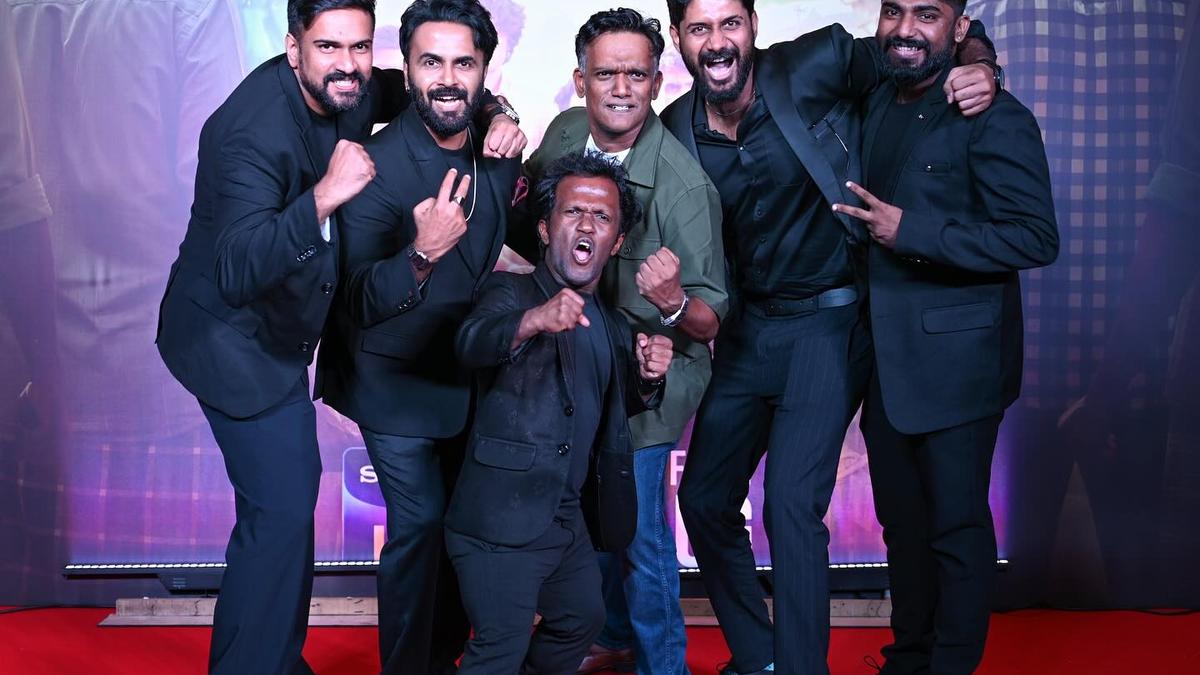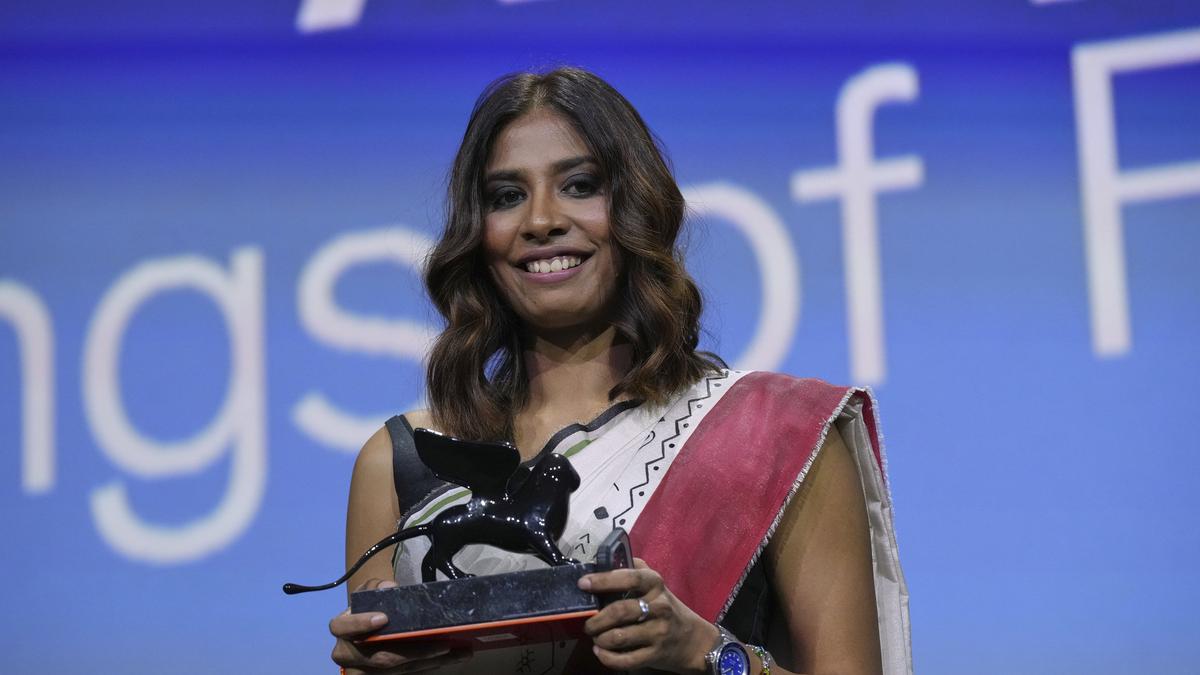Following its debut edition in Mumbai earlier this year and four editions in Kolkata since 2021, the art house DAG has chronicled the capital’s art history through its trademark events spread over a fortnight.
The festival — on till September 21 — at different venues allows visitors to explore artistic and cultural traditions, communities and archives that hold the heart and the soul of the city.
An integrated series of exhibitions, guided walks, talks, music, dance and theatre performances, and discussions, take visitors on a vibrant journey across iconic institutions, historic sites and spaces meant for performance and art activism.

Qutub Minar | Photo Credit: Special Arrangement
As people crisscross these old routes with a new outlook and shared knowledge, the sites and monuments get connected. “The layered history and legacy of art and its evolution over the centuries open up like a fascinating museum,” says Ashish Anand, CEO and MD, DAG.
The many historic cities of Delhi were not built one on top of the other - like those of Rome or Istanbul, but laid out side by side on its expansive plain. “Therefore, the city can be seen like a succession of galleries that chart its cultural and architectural development. And this festival becomes a way to reimagine the city as a cultural map to be viewed through diverse perspectives,” he adds.

Jama Masjjid | Photo Credit: Special Arrangement
Every city has its own character and Delhi has always been an interesting hub of modern art, shaped by the colonial and national narrative. The festival tries to bring out the different stories across time and space to enable people to understand how the city supported and created patronage for the arts.
“The way the event has been designed, it reveals the capital’s role in shaping the idea of Indian art and how artists over the centuries crafted their narratives. It can be literally seen, heard, felt and understood,” says Anand.
The backbone of the festival is a special exhibition, Sair-e-Dilli, curated by art historian Swapna Liddle.
Based on educationist Syed Ahmed Khan’s account, Liddle has curated the exhibition chronologically with drawings from the lived experiences of travellers, inhabitants and connoisseurs in the 19th and 20th Century. It reveals a network of living spaces intricately connected in building an emergent nation, creating modern history and the ever-unfolding city that was rebuilt seven times.

Painting of a wedding procession in front of the Jama Masjid | Photo Credit: Special Arrangement
Selected from DAG’s collection, the works of art shown at Bikaner House (till September 21) include photographs, maps, prints, drawings and plans. They collectively tell a nuanced story through the built forms and structures of the city from the Sultanate and Mughal periods to Lutyens’ Delhi.
The other notable events of the festival included an informative walk through the 18th-Century Qudsia Bagh, where the 1903 Delhi Durbar was held; exploring the Daryaganj book market; a guided talk through powerful photographs with historian Rudrangshu Mukherjee on the transformation of Delhi after the 1857 Revolt; an immersive audio walk around Mandi House with performances blending songs of resistance; and conversations with artists at Garhi Village.
Sair-e-Dilli is on at Ballroom, Bikaner House (near India Gate), till Sept 21, 11am to 7pm. For more details log on to dagworld.com

 4 hours ago
1
4 hours ago
1





















 English (US) ·
English (US) ·